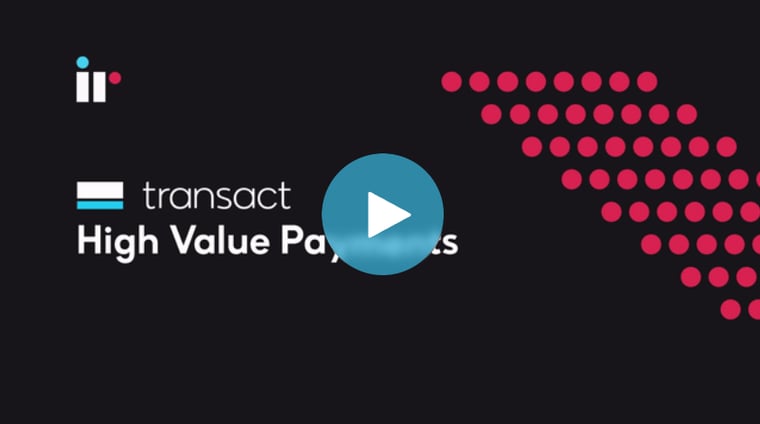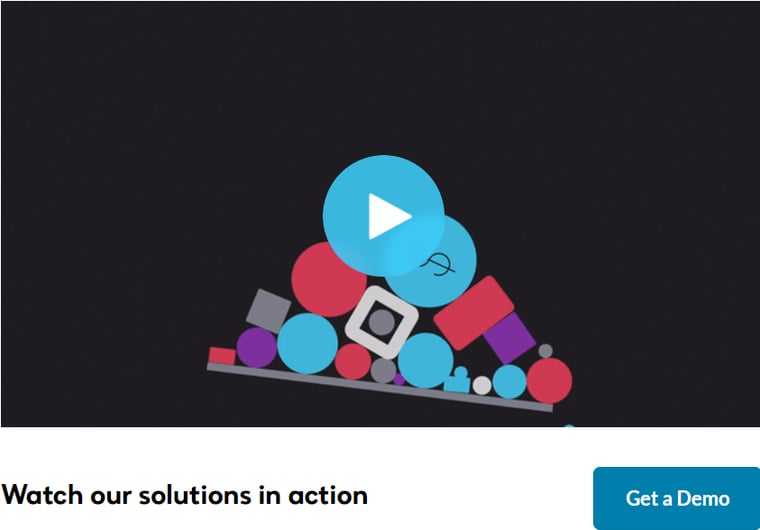The payments industry and financial market infrastructures today are increasingly driven by information and payments data. Card issuers, retailers and merchant acquirers have now realized that gaining better insights into customer behavior provides a deeper understanding of sales and customer spending patterns.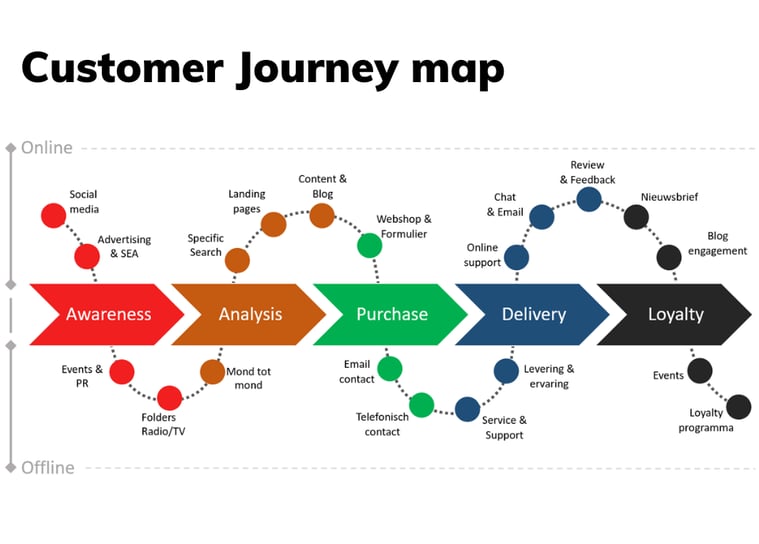
Download a PDF of our guide on Managing your Changing Payments Business

Download a PDF of our guide on Managing your Changing Payments Business
Data insights, led by information and payments data can improve the profitability of an organization, optimize revenue and cut costs.
Transaction data and analytics can provide clear visibility into the payments environment. Without it, a business wouldn't be able to identify transaction performance issues, or detect fraud and other anomalies to prevent service disruption. Time to repair, and troubleshooting processes would also be derailed, and the risk of bottlenecks for services like online banking, POS or mobile payment networks would increase.
Payment analytics tools can enable a business to take historical payments data and apply it to things that are happening to a business in real time. This includes sales and payment processing or any online services in the payment space.
Analytics are important to the payment industry to improve payment services and performance, so it's important for payment system operators to understand customer profiles and behaviors - as well as having insights to providers' risk profiles.
What is payments data?
The banking and financial services industry hosts accounts for millions of people and businesses, processing billions of payments for customers. Payments data is the beating heart of what banks do, and it provides them with a means to view inflow and outflow of payments.
While many of the world's banks have been somewhat slow to adapt to digital transformation, it's become clear in the last two years that the ability to convert data into insight, and translate insight into sustainable value can be a powerful tool.
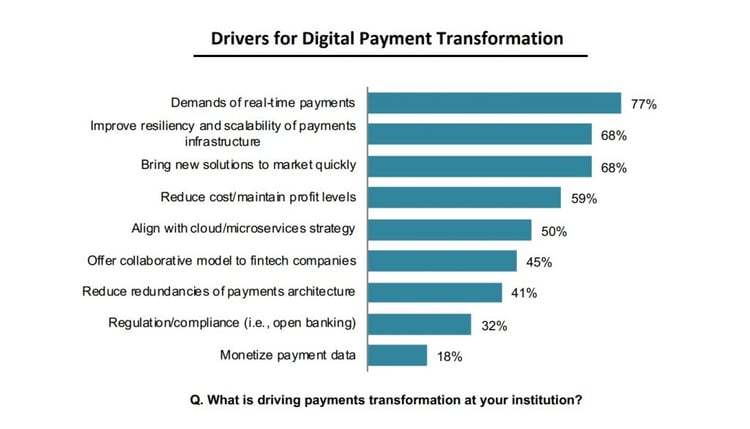
Image source: Payments
Payments data can enable the development of new revenue streams and commercial models, as well as ways to acquire new customers, and retain existing customers in this highly competitive industry. Banks and financial institutions are now prioritizing data and analytics to ensure a continuing connection with their customers.
What can payment analytics do?
Payment analytics is the science of collecting, integrating and processing payments data from various different payment sources. This payments data is collected from sources like debit and credit cards, mobile wallets, and bank transfers. The efficient use of payment analytics can be an enormous resource to businesses by providing insights into revenues, payment trends, and customer experience and shopping behavior.
Payment system information
Analytics lets you see traditional payment data as well as providing insight into what's happening inside your payment system in real time. By combining data about how your system is working in real time with historical reports, we can get better insights into transaction data. This in-depth analysis can provide information that will help a business provide better customer experience.
Seasonally adjusted estimates
Payment analytics can help you to track normal pattern of transactions flowing through your system and pick up something is happening that's not normal, for example seasonal fluctuations like sales spikes during holiday season. Payment analytics can help prepare businesses by alerting to the need for additional stock, staff, contact center support etc.
Card issuers, acquirers and retailers must have advanced reporting software and tools to turn payment metrics and data into valuable information that highlights the KPIs.
Detecting Normal Patterns
Historical and real time data provided by payment analytics software and monitoring tools can effectively detect patterns within your payment systems that are typical and comparable. At the start of the business day, for example, card payment systems might show a slight spike in transactions.
It may show the volume growing steadily over time until it peaks at midday and eases off towards the end of the work day. This is a relatively simple example of a pattern within payment systems that's easily detected. The power of data management and analytics comes from pinpointing the correlations between different points of data. Flagging the periods during the day where there are surges in transaction decline rates, this could sometimes be an indicator of fraud attempts.
You might not be able to find out for sure unless you know the patterns of your payment systems and look at related metrics together. It could possibly be a combination of transactions, time of day, and opening/closing times of particular merchants. The more you know the patterns, the better you can detect things in the data that aren't normal.
How payment analytics can help business growth & unlock customer value
With the accelerated growth of digital payments within financial market infrastructures, financial institutions and banks have enormous volumes of data available from an increasing number of digital payment sources.
The biggest obstacle for financial institutions and banks is the complex task of accessing the right data and in real time. To this end, the efficient study of data and insights requires financial institutions to rethink their approaches approaches to the problem.
Technology advancements such as data fabric and cloud adoption have made this easier and more affordable. While financial institutions know full well the potential benefits of data, they also face challenges when they need to coral and mine the data within multiple payment systems to generate those benefits.
Learn more about IR Transact for High Value Payments
Payment analytics for payments operations managers
Viewing payments analytics and statistics through a single vantage point indicates whether or not the payment process is running without interruption. It also shows precisely where any issues are, and reports as to why they may be happening.
Payment system operators are responsible for a massive volume of activity and the related speed at which payments are processed, so viewing payments analytics allows managers to focus on areas where human interaction may be required, alleviating processing delays.
Payments analytics for program managers and management execs
Real time analytics can enhance business decision making by helping avoid penalties, missed deadlines, improving customer experience and satisfaction through careful business decisions, providing a specific, customized dashboard through which to view and monitor the entire payments platform. Analytics tools reveal:
-
Payment product activity
-
Profitability and expense analytics
-
Multi-channel payment activity
Payments analytics for IT and business application support teams
Real time payment analytics and insights can help IT businesses to better understand how the information system may impact the payment process. Payments analytics show data passed between application components and the physical components that supports that data. For example, these analytics indicate whether data is flowing without interruption between applications, so support managers can quickly find the root cause and solution.
Payments analytics for card issuers
In an overcrowded digital payments market, established card issuers and entrants to the market need a flexible solution that helps them manage every online payments method and card type. This includes credit, debit, prepaid and commercial, through every stage of the payment lifecycle. Payment analytics gives issuers the opportunity to innovate and define their products more dynamically.
Payments analytics for merchant acquirers
Cross-border acquirers and retailers are facing a rapidly changing digital world. Today, they're processing global digital and in-person payments from anywhere and everywhere. Acquirers must provide more flexibility and transparency on pricing, and also connect with multiple local and international schemes.
Additionally, acquirers are under pressure to optimize the pricing of processing, and commission structures. Payments analytics can help merchant acquirers to adapt their systems to accommodate all types of merchant structures as well as increase distribution of products and merchant sales.
Payments analytics for retailers
Retailers are at the mercy of consumer behavior and the speed at which it's progressing. With contactless payments, eWallets, online ordering and other emerging platforms, retailers are realizing the need to cut the significant costs associated with electronic payments, as well as offering customers a means of payment that's both secure and convenient.
Payments data and analytics enables retailers to track consumer behavior, both through online ordering and in-store, leading to a better understanding of what they need - which in turn leads to better business decisions, and customer experience.
Payments analytics for fraud monitoring
With transactions coming from multiple systems and multiple channels at any time, payment fraud is a growing concern. More than ever, issuers and acquirers need to mitigate payment fraud risks, so monitoring and authorizing transactions coming from multiple systems and channels at any time of day is vital. This can bring about challenges for issuers and acquirers who may need to make the decision to block authorizations in real time. Payment data analysis will help to alert customers of suspicious transactions or behavior.
Every business needs payments analytics
A comprehensive report by Worldpay, on the art and science of global payments shows some interesting payment statistics and insights into world payment trends. Analytics tools and monitoring applications are absolutely necessary to help businesses measure, view growth and make decisions all the way through the payments chain, and across each different platform.
Businesses need to clearly understand the importance of collecting and analyzing data. With many analytics tools available, it' important to choose a tool that can extract the relevant information that suits your payment environment.
Considering the consumer experience
Payment providers globally are coping with the increasing pressure to uphold revenues and margins, so customer service is becoming an important asset for every business. It's customers after all, who are driving the changes in the payments space.
Omnichannel and multichannel integration is growing, and is forcing businesses as well as financial institutions to change the way channels are built and managed. Payments analytics software is crucial when it comes to putting businesses and customers on the same page. Organizations are relying on payments data to customize and enhance a wide range of digital services, transactions and interactions.
Investments in software products and technology solutions are top priority for transforming the consumer experience in today's digital world. However, business agility is increasingly important, so to keep an organization growing, any software or technology products need to incorporate the ability to not only support current services, but rapidly build, plot and launch a broader business transformation.
New innovations in Robotics and Artificial Intelligence (AI) are other ways to reduce manual workloads, manage customers, improve cycle times, and minimize back-office errors. McKinsey research shows that 65 percent of back-office tasks at contact centers, and 30% - 50% of front-line calls, can now be automated, with a positive effect on a business, and of course, revenue.
The BIS and payment trends
The Bank for International Settlements (BIS) is an international financial institution, jointly owned by 63 central banks. Its purpose is to encourage international financial and monetary co-operation and worldwide financial stability.
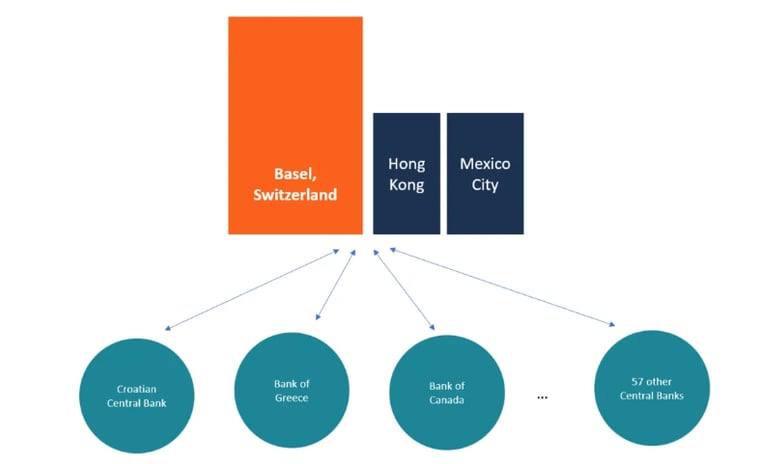
BIS publishes statistics, on financial infrastructures and payments in member jurisdictions of the Committee on Payments & Market Infrastructure (CPMI). It also provides data and reports and research on topics like global banking, foreign exchange, financial market securities, and payments trends.
It allows downloadable access to valuable, up-to-date data and information on global money matters. Organizations can use these statistics help plan their future business operations.
IR Transact can help provide payments analytics
IR's Transact suite of solutions, built on the powerful Prognosis platform, simplifies the complexity of managing modern payments ecosystems, providing real-time visibility and access to your entire payments environment. Transact reveals unparalleled insights into transactions and trends to help streamline the payments experience, allowing businesses to develop value added services.
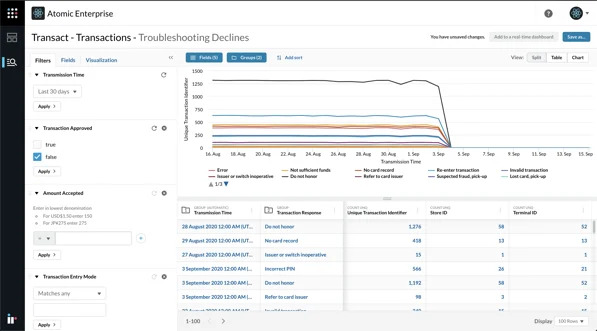
With Transact as part of your payments solutions, the benefits are many:
-
Businesses can see how different payments channels are performing allowing them to improve conversion rates and deepen engagement with customers.
-
A business can gain a better understanding the ROI of each software application and device in use, plus break down the revenues and costs of different digital transactions.
-
Customer product use, transaction types and amounts can be analyzed through one clear window.
-
A business can adopt more sophisticated cross-channel integration without the risk of service disruptions.
-
Businesses, acquirers and processors can meet regulatory compliance requirements by identifying suspicious transaction behavior and alerting to specific response code errors.
-
Transaction performances can be improved and interaction with customers can be more successful by isolating device, host connectivity, network and related application issues.
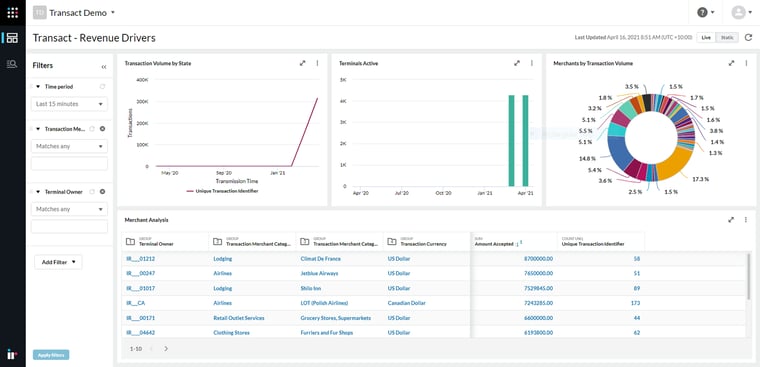
Key takeaway
Whether your priorities are tracking card performance across all banking channels, looking for anomalies in transaction activity, or gaining a deeper understanding of customer behavior and channel profitability, all these processes require real time performance monitoring and data analytics.
Business growth relies on payments data and analytics tools in every sector of the payments space. IR's solutions can help fortify your business by providing in-depth payments analytics, insightful reports and clear visibility of your entire payments ecosystem.
As the payments industry continuously evolves, providers are having to deal with new competitors, emerging software, applications and technologies, growing regulatory challenges, increasing customer demands, as well as the ever-increasing risk of fraud.
IR can offer payment analytics and troubleshooting solutions to get you where you need to be in the digital payments space, whether your environment is on-premises, in the cloud or hybrid.
Download a PDF of our guide on Managing your Changing Payments Business

Download a PDF of our guide on Managing your Changing Payments Business

